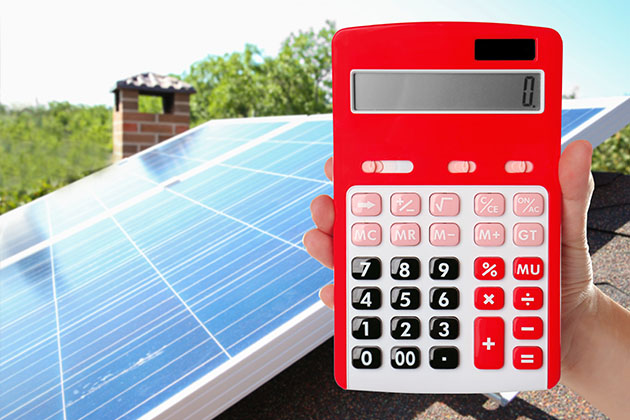Scientists from MIT have sensitized existing silicon nishati ya jua cells by singlet exciton fission method. This can increase efficiency of nishati ya jua cells from 18 percent to as high as 35 percent thus doubling energy output thereby reducing costs of solar technology.
Inakuwa muhimu kupunguza utegemezi wetu kwa nishati ya mafuta na kujenga teknolojia kwa maisha endelevu ya baadaye. Nguvu ya jua ni chanzo mbadala cha nishati ambapo Ya jua light is converted into electrical energy. Seli za jua are most commonly made of silicon which uses photovoltaic process to transform jua into electricity. Tandem cells are also being designed which generally include perovskites cells where every section of the nishati ya jua cells can harness Ya jua energy from its varied spectrum and thus have higher efficiency. Solar cells available today are limited by their efficiency which is just 15-22 percent.
Utafiti uliochapishwa mnamo Julai 3 katika Nature imeonyesha jinsi silicon nishati ya jua cell efficiencies could be raised to as high as 35 percent by applying an effect called singlet exciton fission. In this effect a single particle of light (photon) can generate two electron-hole pairs as opposed to only one. Single exciton fission is seen in many materials since its discovery in the 1970s. The current study aimed to translate this effect for the first time into a viable nishati ya jua kiini.
Researchers transferred single exciton fission effect from tetracene – a known material which exhibits it – into crystalline silicon. This material tetracene is a hydrocarbon kikaboni semiconductor. The transfer was achieved by placing an additional thin layer of hafnium oxynitride (8 angstrom) between excitonic tetracene layer and silicon nishati ya jua cell and coupling them.
This tiny hafnium oxynitride layer acted as a bridge and made possible the generation of high energy photons in the tetracene layer which then triggered release of two electrons in the silicon cell as opposed to the usual one. This sensitization of silicon nishati ya jua cell reduced thermalization losses and enabled better sensitivity to light. The energy output of the nishati ya jua cells doubled as more output was generated from green and blue parts of the spectrum. This can enhance the efficiency of nishati ya jua cells to as high as 35 percent. The technology differs from the tandem solar cells as it just adds more current to the silicon without adding additional cells.
Utafiti wa sasa umeonyesha seli za jua za silicon za singlet-fission zilizoboreshwa ambazo zinaweza kuonyesha utendakazi ulioongezeka na hivyo kupunguza gharama ya jumla ya uzalishaji wa nishati ya teknolojia ya jua.
***
{Unaweza kusoma karatasi asili ya utafiti kwa kubofya kiungo cha DOI kilichotolewa hapa chini katika orodha ya (vyanzo) vilivyotajwa}
Chanzo (s)
Einzinger, M. et al. 2019. Uhamasishaji wa silicon kwa mgawanyiko wa singlet exciton katika tetracene. Asili. 571. https://doi.org/10.1038/s41586-019-1339-4






































